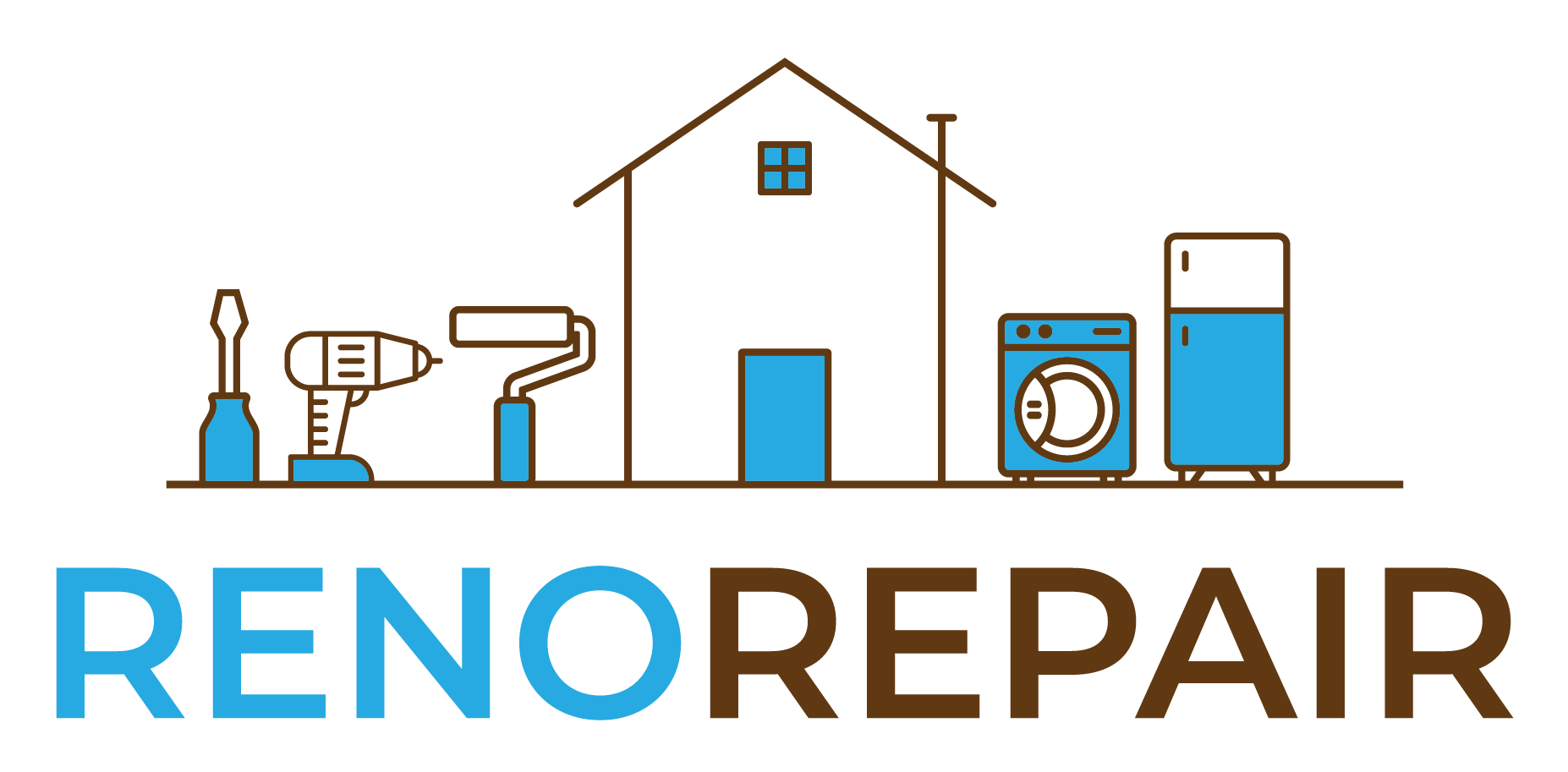Whether you’re a seasoned tradesman looking to grow or someone considering entering the handyman business, the path to sustainable success has changed dramatically. The old model—show up, quote jobs, hope for the best—no longer cuts it in today’s competitive service market.
Smart handymen are building systematic businesses that generate predictable income, attract quality clients, and free them from the constant hustle of chasing leads. The secret isn’t working harder—it’s working smarter through better systems, pricing strategies, and business development approaches.
The Evolution of Handyman Services
From Reactive to Proactive Business Models
Traditional handyman work operates reactively: emergency calls, one-off quotes, feast-or-famine cycles. This approach keeps you busy but rarely builds wealth or stability.
Modern successful handymen flip this script. They build systems that attract steady work, price services profitably, and create predictable revenue streams. The shift from reactive to proactive separates thriving businesses from struggling sole proprietors.
Understanding Your Market Position
In the GTA market, handymen compete against everyone from unlicensed cash operators to large contracting companies. Your success depends on finding the sweet spot: more professional than the former, more accessible than the latter.
This means developing systems that let you operate professionally while maintaining the personal service and reasonable pricing that makes handymen valuable to homeowners.
Building Systems That Scale
Standardizing Your Service Offerings
The biggest leap most handymen can make is moving from custom quotes to standardized service packages. Instead of treating every job as unique, identify the 20 most common requests you receive and develop standard approaches.
Door repairs, faucet installations, outlet replacements, minor drywall fixes—these jobs follow predictable patterns. Creating standardized processes for them allows you to work more efficiently and price more confidently.
Developing Operational Efficiency
Efficiency isn’t about rushing through jobs. It’s about eliminating waste: unnecessary trips to the hardware store, time spent creating quotes, confusion about scope, and rework due to miscommunication.
Successful handymen invest time upfront to save time later. They stock common materials, use checklists to ensure quality, and communicate clearly with clients about what’s included in each service.
Quality Control Systems
Reputation drives referrals, and referrals drive sustainable growth. Implementing basic quality control—photo documentation, client walkthroughs, follow-up calls—ensures consistent results that build your reputation.
These systems also protect you from problem clients and provide documentation if disputes arise. Professional systems attract professional clients.
The Strategic Advantage of Flat-Rate Pricing
Breaking Free from Hourly Limitations
Hourly pricing caps your income at the number of hours you can work. Flat-rate pricing rewards efficiency, expertise, and systematization. The faster you complete quality work, the higher your effective hourly rate becomes.
More importantly, flat-rate pricing eliminates the adversarial dynamic of hourly billing. Clients aren’t watching the clock, and you’re not incentivized to work slowly or quickly for the wrong reasons.
Competitive Differentiation
Most handymen still operate on time-and-materials pricing, creating opportunities for those who offer transparent, upfront pricing. Homeowners appreciate knowing costs before work begins, especially for routine repairs.
Flat-rate pricing also allows you to win business without being the cheapest option. When clients can’t easily compare hourly rates, they focus on value: reliability, quality, and convenience.
Business Predictability
Fixed pricing for standard services creates predictable revenue models. You can calculate exactly how many door repairs, faucet installations, or outlet replacements you need to complete monthly to meet your income goals.
This predictability enables better business planning: equipment purchases, vehicle maintenance schedules, vacation planning, and growth investments.
Marketing and Client Acquisition Strategies
Building Local Reputation
Handyman businesses succeed through local reputation and word-of-mouth referrals. This requires consistent quality work, professional communication, and systematic follow-up with satisfied clients.
Social proof matters more than advertising in this business. Online reviews, neighborhood recommendations, and repeat customers provide more valuable leads than any marketing campaign.
Digital Presence That Works
You don’t need a sophisticated website, but you do need a professional online presence. A simple site with clear service descriptions, transparent pricing, contact information, and client testimonials handles most of your digital marketing needs.
Focus on local SEO: Google My Business optimization, local directory listings, and location-specific content. Most handyman searches are local, and most clients prefer working with nearby providers.
Referral Systems That Generate Leads
Systematic referral generation separates growing businesses from stagnant ones. This means following up with satisfied clients, incentivizing referrals, and maintaining relationships with complementary service providers.
Real estate agents, property managers, and other home service providers can become valuable referral sources if you deliver consistent quality and communicate professionally.
Financial Management and Growth
Pricing for Profit, Not Just Competition
Many handymen undercharge because they focus on competition rather than costs. Sustainable pricing requires understanding your true costs: vehicle expenses, tool depreciation, insurance, taxes, and the value of your time.
Price to cover your costs, generate profit for reinvestment, and support the lifestyle you want. Competing solely on price attracts price-sensitive clients who generate the least profitable, most problematic work.
Managing Cash Flow
Service businesses face inherent cash flow challenges: material purchases before payment, seasonal demand fluctuations, and clients who pay slowly. Building cash reserves and establishing payment terms helps smooth these challenges.
Consider requiring partial payment upfront for materials on larger jobs, offering payment options for significant repairs, and maintaining a buffer for slow periods.
Investing in Growth
Growing handyman businesses reinvest profits strategically: better tools that increase efficiency, vehicle upgrades that project professionalism, or marketing that attracts better clients.
The goal is building a business that works without your constant presence—through systems, reputation, and recurring client relationships.
Scaling Beyond Solo Operations
When to Hire Help
Growth often requires adding capacity. This might mean hiring part-time help for busy periods, partnering with specialists for complex work, or eventually building a team.
The transition from solo operator to business owner requires new skills: delegation, quality control, team management, and systematic training.
Systematic Training and Standards
If you plan to scale beyond personal capacity, developing training systems and quality standards becomes crucial. New team members need clear procedures, quality expectations, and consistent approaches to client service.
Document your processes now, even as a solo operator. This preparation enables smoother growth when opportunities arise.
Leveraging Technology and Platforms
Efficiency Tools
Modern handymen benefit from technology that streamlines operations: scheduling apps, invoicing software, photo documentation tools, and communication platforms that keep clients informed.
The goal isn’t using every available tool—it’s selecting solutions that genuinely improve efficiency or client experience.
Platform Opportunities
Online platforms can provide lead generation opportunities, but they often come with fees, rating pressures, and limited client relationship control. Use them strategically rather than depending on them completely.
Building direct client relationships remains more valuable than platform dependency for long-term business sustainability.
The Future of Handyman Services
The handyman industry is professionalizing. Clients increasingly expect transparent pricing, reliable service, and professional communication. Handymen who adapt to these expectations while maintaining their accessibility advantages will thrive.
Flat-rate pricing represents one piece of this evolution—providing the transparency and predictability that modern homeowners value while enabling handymen to build more profitable, systematic businesses.
For handymen ready to evolve beyond traditional quote-based services, platforms like RenoRepair.ca are emerging to connect professional tradespeople with homeowners seeking transparent, flat-rate repairs. These marketplaces handle lead generation and client vetting, allowing skilled handymen to focus on delivering quality work rather than chasing prospects.
Whether you’re establishing your first handyman business or growing an existing operation, the opportunity lies in building systems that serve clients better while creating more predictable, profitable work for yourself.
Ready to transform your handyman business? Consider how flat-rate services and systematic approaches can differentiate your offering in today’s competitive market. Join RenoRepair.ca to connect with homeowners seeking transparent, professional repair services in the GTA.
Looking to grow your handyman business through flat-rate opportunities? Sign up with RenoRepair.ca to access pre-qualified leads and build a more predictable revenue stream.

